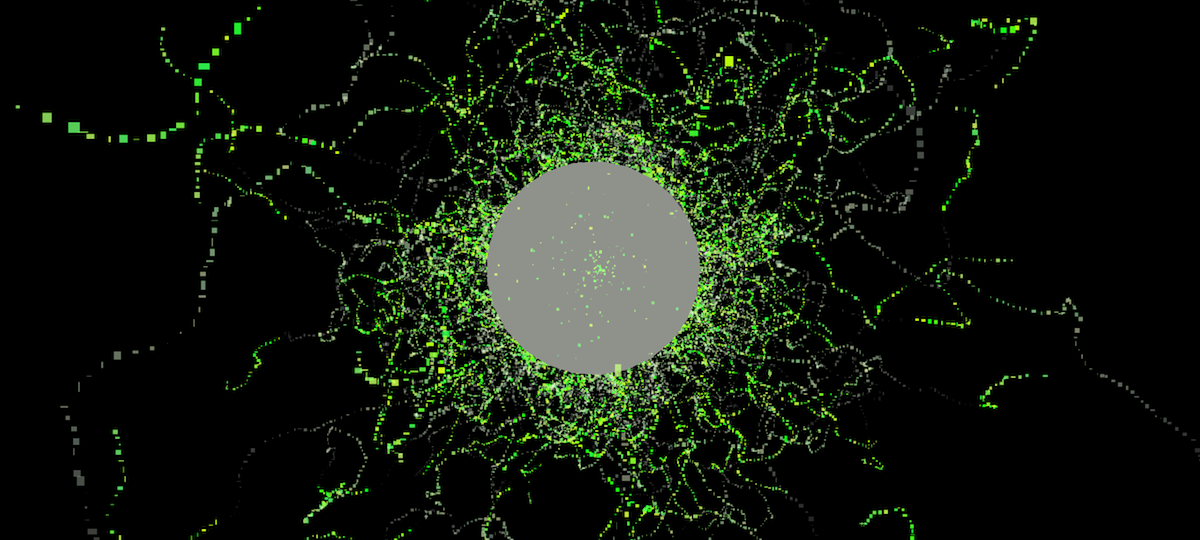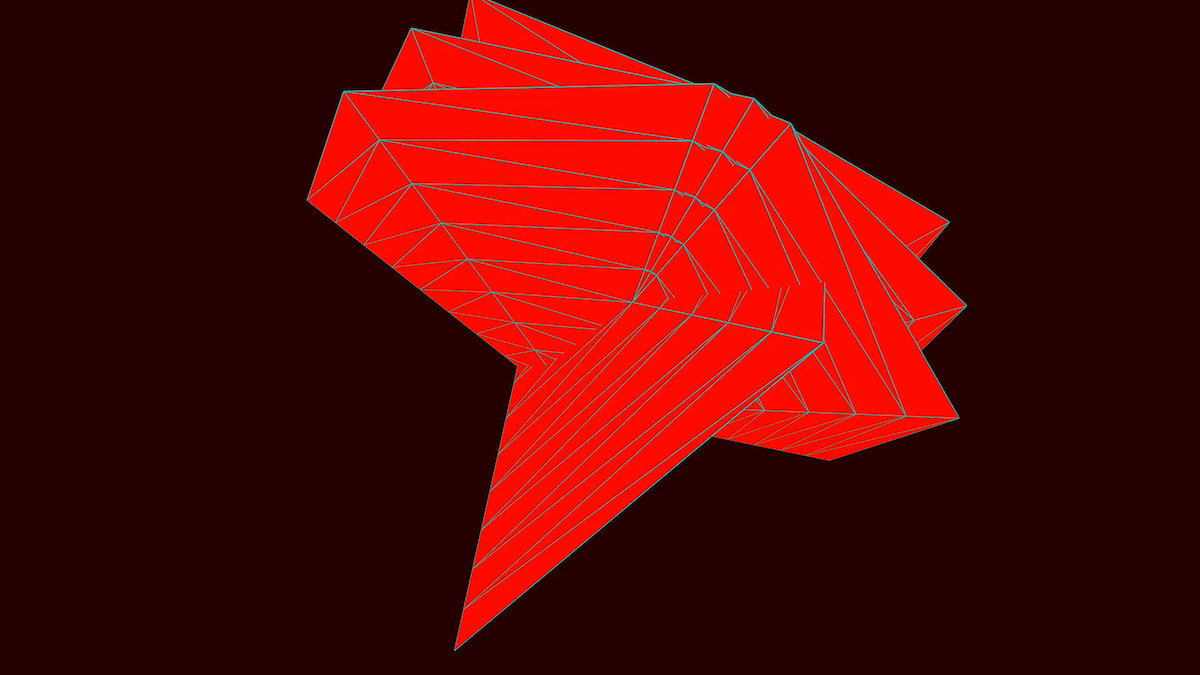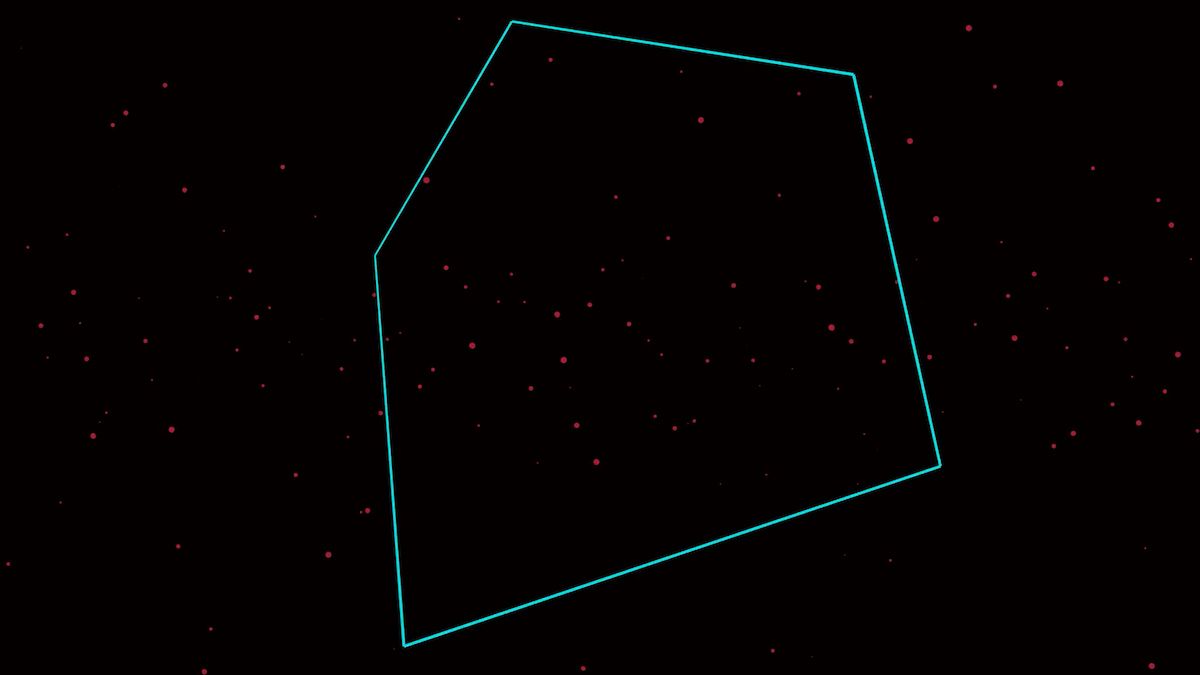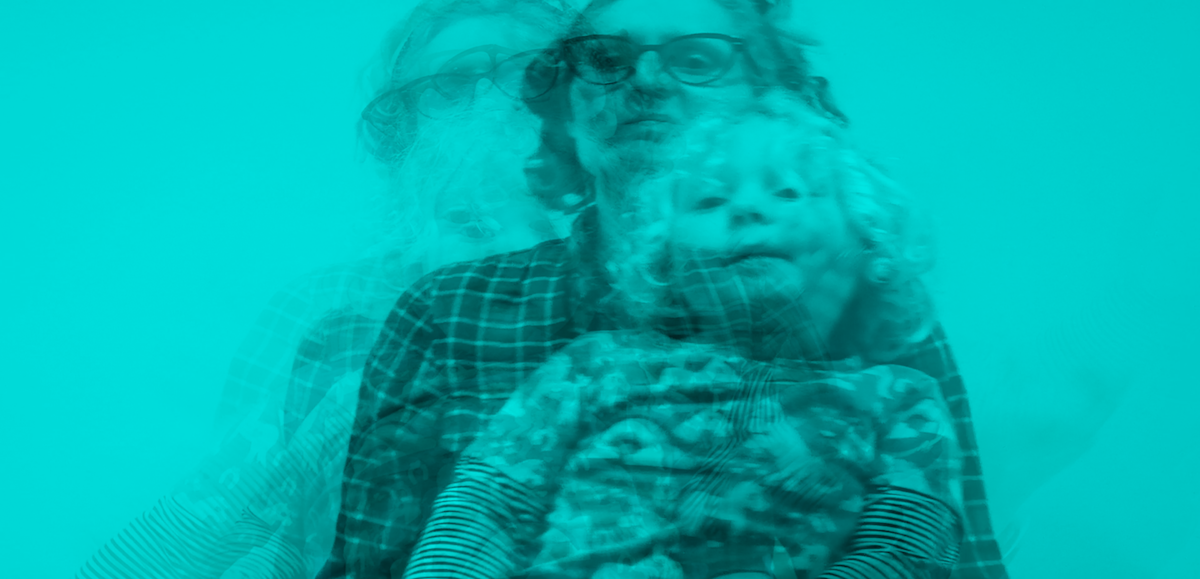EL Putnam recounts how sketching, digitally or otherwise, helped her find a way through lockdowns.
I have begun and abandoned this essay multiple times since August 2020. It is my attempt to make some sense as an artist and philosopher of an era that shatters my frame of reason. Almost two years since the pandemic took hold, we continue to cope with the innumerable upheavals, manifesting differently depending on each lived context, of a future that refuses to materialise from this dynamic present. We are in acute crises and, according to Lauren Berlant (who passed away in June 2021), we have been for some time. This epoch is driven by calls for innovation, progress, and production, treating resources, from physical materials to human labour, as infinite and inextinguishable. These illusions of unfettered growth have yet to be tempered by the implications of climate collapse and ecological breakdown, of which this pandemic is part. We are in a situation defined by Berlant as “a state of things in which something that will perhaps matter is unfolding amid the usual activity of life”.[1] However, it is a situation that since March 2020 has yet to dissipate, turning into an impasse as we are left to wait and wonder if and when the circumstances will change, and how long that change may last.
Shortly after we entered the first lockdown in March 2020, I was speaking with a friend and fellow artist over Zoom. She described how we are in the midst of a paradigm shift, the outcome of which is unknown. I think about this often in what passes for a new normal. Each day takes on the quality of a slow grind set against a low-humming angst. The past two years have been influenced by the unpredictable impact of the coronavirus as a disease; the imposed restrictions on movement and engagement with other human beings; the closure of public spaces; and the increased vulnerability of an already precarious economy. We are still amid this transition. The question is not so much ‘when will this end?’, but ‘how will this end up?’ Accompanying this paradigm shift is a strong sense of denial: an inability to accept that these circumstances are different. We learn, teach, work, make, live, love, and grieve differently, and yet there are certain expectations that we will continue to produce and we will function as before.
As an artist, I find myself adrift in these transformations, trying to make sense of such extraordinary times that keep on persisting. Art and writing, for me, function as ways of making sense – making meaning and crafting frames of interpretation. With the public health restrictions, which at times have included the closure of schools and the transition of higher education to mostly online teaching, I find that I am needing to care for others more than usual, as our social structures and supports disappear through the enclosure of the home (if one is even fortunate enough to have a home to turn to).
I turn to art and writing as selfish acts, but selfish, as artist Elizabeth Baker has described it, in the way breathing is selfish. These are acts I perform for myself as I steal moments of time between other duties, meaning that such activities take on a piecemeal quality. I am turning to more minor creative acts, which function as maintenance. Bits that accumulate, but lack over-arching consistency or planning. Such activities draw me into the present, with a focus on the act of making. Little, if any, investment is placed on the output, but instead they are attempts to foster a little joy at the ability to communicate something I cannot quite articulate. They also function as ways of marking time, drawing my attention to the moment; affective encounters with a medium that instigate potential aesthetic encounters with others. These involve care of the self. In contrast to a flourishing self-care industry that promises betterment through acts of consumption, this turning to minor gestures of artistic and creative making enable an engagement with the subtle joy and wonder at material transformation.
Firefly Burnout
The grinding persistence of the pandemic has also brought sensations of general exhaustion: enduring tiredness that never seems to abate with sleep, and signs of burnout as responsibilities mount, lulling body and soul into a state of lethargy. Artist Amelia Winger-Bearskin created a banner for the #2020 Awakening Project in the US that states: “What is made bright by the loss of your light?” [2] This statement, made in solidarity with mothers and female-identifying carers, encapsulates the ongoing grind of this pandemic, the disruption of care networks, and the isolation of the family during this period so well. I have spent much of the past year persistently trying to balance familial responsibilities with my job, research, and creative work, though in August 2021, when I created the Firefly Burnout sketch, I found myself in an unwavering state of lethargy, digging deep within my being to draw up the energy to keep going. Angst gives way to exhaustion.
Oblivious Network
The Oxford English Dictionary defines to sketch as:
1. To describe briefly, generally, or in outline; to give the essential facts or points of, without going into details; to outline. 2. To draw the outline or prominent features of (a picture, figure, etc.), esp. as preliminary or preparatory to further development; to make a sketch or rough draught of (something); to draw or paint in this manner. 3. a. intransitive or absol. To practise sketching; to draw or paint sketches. b. To proceed in a sketchy manner.
Sketching is useful for working out ideas, to bring a concept into being through gestural form. Sketching is a practice that enables the development of skills, but also the capacity to escape the isolation of mental confines as some thing takes on sensorial qualities as shared phenomenon. Treated as a rough process at the early stages of creative production, sketching can initiate a process of crystallisation – a germ instigating a physical reaction. The manifestation of the sketch can vary: pencil drawing, jotted notes, sonic hum, or even a few lines of computer code. What matters is the emphasis that is placed on action – on the act of doing. Shifting attention from a final output, sketching functions as a practice of maintenance.
Delicate Figure
At the start of the pandemic, I was already in the midst of grief, having lost my father suddenly and unexpectedly the previous October. It was strange to transition from being in a state of isolation in my mourning to a world having to come to terms with its own sudden losses.
Shortly after my father died, I took to the camera as a means of coping. My love of photography came through my father’s influence. When I was a teenager, he taught me how to use his Nikon 35 mm camera. I would spend hours in our garden, shooting close-up images of flowers. Setting up the camera on a tripod and using a cable release, I took great pleasure in the capacity to produce images, countering my poor ability to draw, which, when growing up, was treated as a ‘true’ measure of artistic talent in my adolescent social circles. My father would help me select some images, which we would enlarge and frame, hanging them throughout our household. The excitement I drew from producing these photographs was not just through the act of making, but the capacity to share these with others – to frame some vision of the world, freeze it, and make it available to someone else.
After my father died, I started using my smartphone to shoot images reminiscent of those I took decades ago. My tools changed – I was no longer restricted to 24 images on a negative roll, nor did I have the clunky yet comforting weight of my Nikon. There is now a quality of instant gratification that accompanies digital photographic processes, not only in the capacity to view an image immediately, but also to alter within the phone and share immediately with others through my social media networks. I posted these images without context, though those familiar with me and my father understood my intentions without explanation. These images function as sketches – brief captures of a scene, with rapid edits to alter their appearance. Typically, I would increase the contrast, add a subtle vignette, while altering the highlights and shadows to a magenta and cyan tone respectively. I tried to work without thinking too much, engaging more with the process of making than conveying particular meanings or sensations. The meaning emerged from their cumulative collection, functioning as evidence of working through time, marking my sorrows, and processing a world that appeared the same yet was irrevocably different.
Shortly prior to the start of the pandemic, I shifted from digital imagery to watercolours. While in Chicago at a conference – what came to be my last visit to the States since the pandemic began – I purchased a travel set of watercolours and a pocket sketchbook. I have not been trained in the use of watercolours. Painting, like drawing, is something I generally avoided due to a sense of inadequacy. I have come to enjoy the flowing quality of watercolours over the years, however. The way paint flows over the paper, building and blending through a combination of intention and accident. The small, personal format of the book gave me comfort in the private nature of the images I create, yet I am still held back through my technical incapability. I notice that when I am not engaging in such minor acts of creative production, my mood dips and I struggle with a desire to communicate while being trapped in this uncanny pandemic state. I do not see this as a moment to ride out as we await some change to normal. Normal is gone. I am now trying to carve out a place in a new society, without enabling the increased reliance on digital technologies for even simple acts of communication and connection to automate, to order, to render incompatible with living.
Brash Phone
I continued with the act of sketching, but have now turned to using code. The programme I use is appropriately titled Processing, as these small artistic creations enable me to engage in some sort of low stakes creative practice. Each day I face the challenge of coming up with an idea, engaging with some capacity of the software. The simple commitment to only creating a small gesture seems to be all I can handle in the grinding stress of the pandemic, as I work full time while taking care of my children and home. Not only do I face limited spatial capacities, but time is condensed and concentrated as I try to milk every productive potential from the uninterrupted moments I do have. At this stage, almost two years in, I feel the pressure of burnout and teeter on a breaking point. Yet I keep on keeping on.
I recall from the early days of the pandemic, people sharing on Twitter and other social media platforms about the potentials for productivity during the time of lockdown and social isolation. At that stage, the psychological grind of constricted life had yet to impact people whose lives had been marked with a privilege of movement. In some ways I was reminded of the post-partum period, when my capacities to do anything were tied to an unpredictable schedule determined by my infant daughter’s bodily needs. After the birth of my second daughter, I had created a cumulative sketching project, Milk Drunk. I started by making a small gestural drawing of my daughter in white oil pastel. I then painted over this imprint with blue and green watercolours, to convey the disoriented sensations that accompany the hormonally fuelled, sleep-deprived swirls that mark those early days of caring for a small child. Through this process, I let go of aspirations of major project development; the need to make something distinctive, unique, powerful, ground-breaking, and dare I say, innovative. Turning back to the sketch, the accumulation of gestures and traces as a means of marking time also becomes a means of communicating and giving form to this time.






